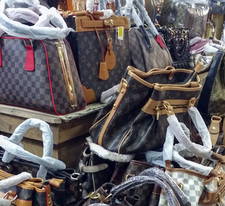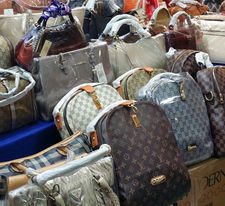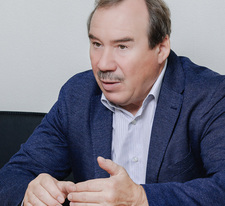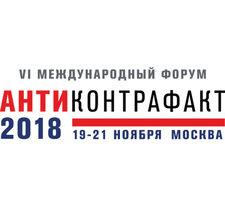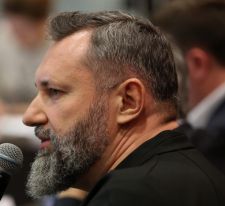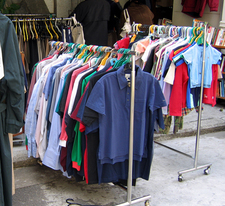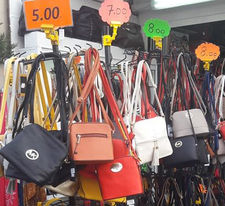Counterfeit is still in force
At the meeting held on June 21 The State Commission for Combating Illicit Trafficking in Industrial Products has stated that, despite the measures taken in recent years, the share of counterfeit and other varieties of illegally produced products remains high. At the same time, it covers an increasing range of raw materials, semi-finished and finished goods.
According to many experts, some of whom took part in the meeting, the main factors of this trend are as follows:
- «transparency» of customs borders in the EAEU and insufficient elaboration of interstate (within the framework of the EAEU) measures to counter counterfeit products,
- different interpretations in the countries of the Union of the very concept of "counterfeit",
- re-export,
- dumping.
In addition, relatively mild standards of responsibility in the Russian Federation and the EAEU for production are affected/the sale of counterfeit goods, as well as the falling solvency of the population, as a result of which the demand for cheap, although mostly low-quality, products is growing rapidly.
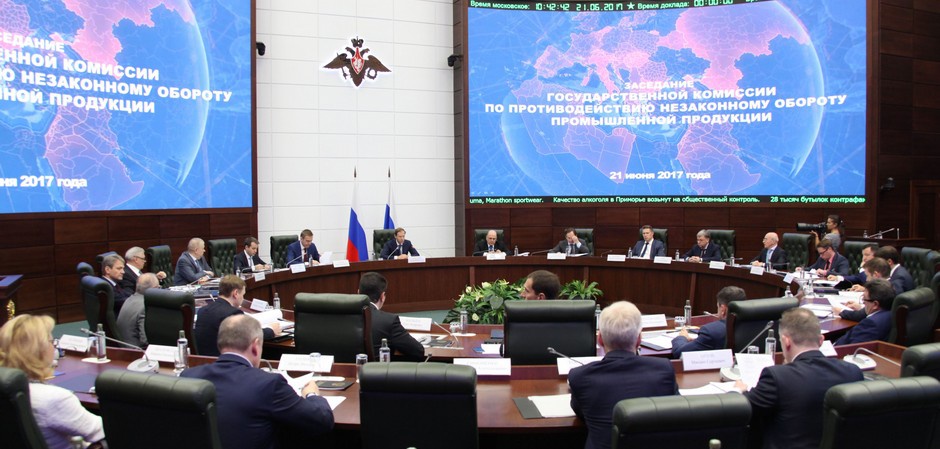
Photo: Soyuzlegprom
The sharp weakening and simplification of the consumer market monitoring system since the late 1980s, the "liberalization" of quality standards and consumer safety of products, contribute to their contribution. The interdepartmental "dispersion" and at the same time the regulatory and legal limitations of the functions of quality control/product safety also have a negative impact.
In addition, the almost record-breaking pace of the creation of free trade zones with an increasing number of non-CIS countries has not yet been accompanied by the parallel formation of an interstate effective system of measures to prevent/detect counterfeiting and goods adjacent to it. This is not least due to the different regulatory and legal framework in this area in Russia and non-CIS countries seeking a free trade regime with one of the largest consumer markets in the world, the Eurasian Economic Space.
According to expert estimates, the real share of counterfeit and related products in the Russian consumer market varies from 25 to 45% and higher (depending on the assortment). According to the assessment of Andrey Razbrodin, President of Soyuzlegprom, the volume of sales of contraband light industry goods in the territory of the Russian Federation exceeds by a third the volume of sales of original goods of law-abiding companies.
Meanwhile, the positive experience of mandatory labeling of fur products initiated by the Ministry of Industry and Trade of the Russian Federation is planned to be gradually extended to a wider consumer assortment. As the head of the department, Denis Manturov, noted, "the project on marking shoes in Russia, by analogy with fur coats, can be launched at the end of 2017 and the beginning of 2018." The Minister explained: "We proceed from the fact that the relevant law should come into force on January 1, 2019, but at the same time we expect to start a pilot project on labeling footwear products by the end of this year or from the beginning of next year."



